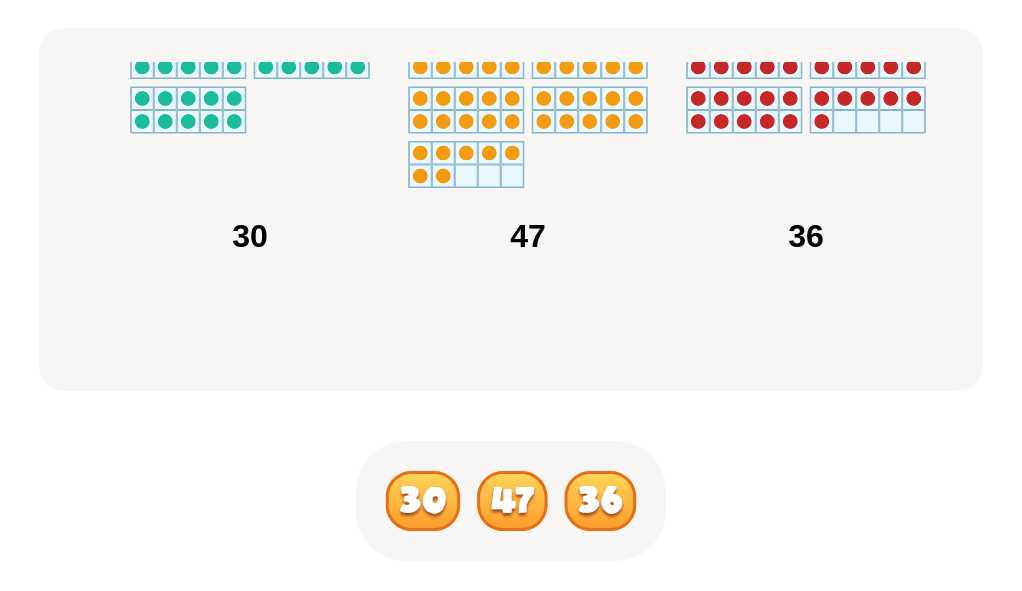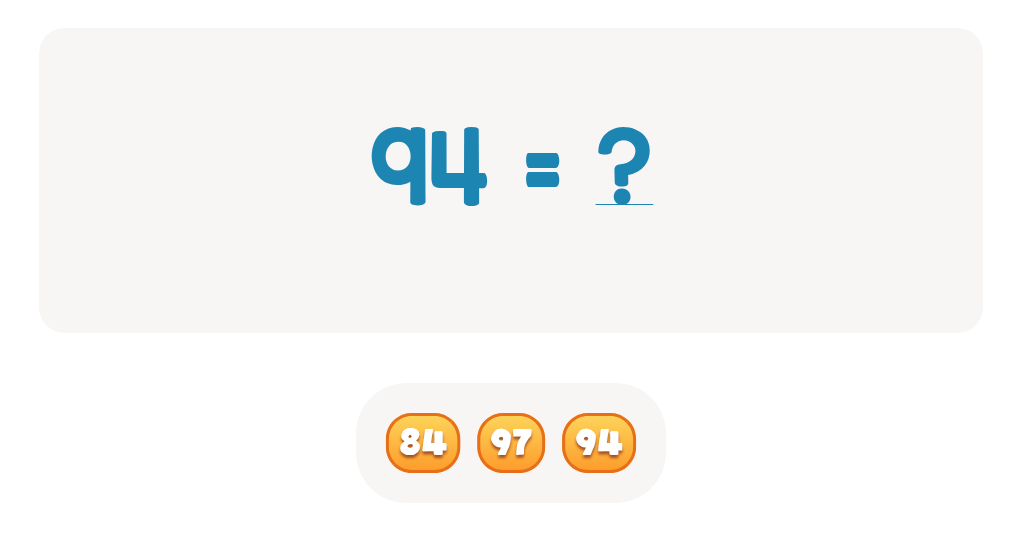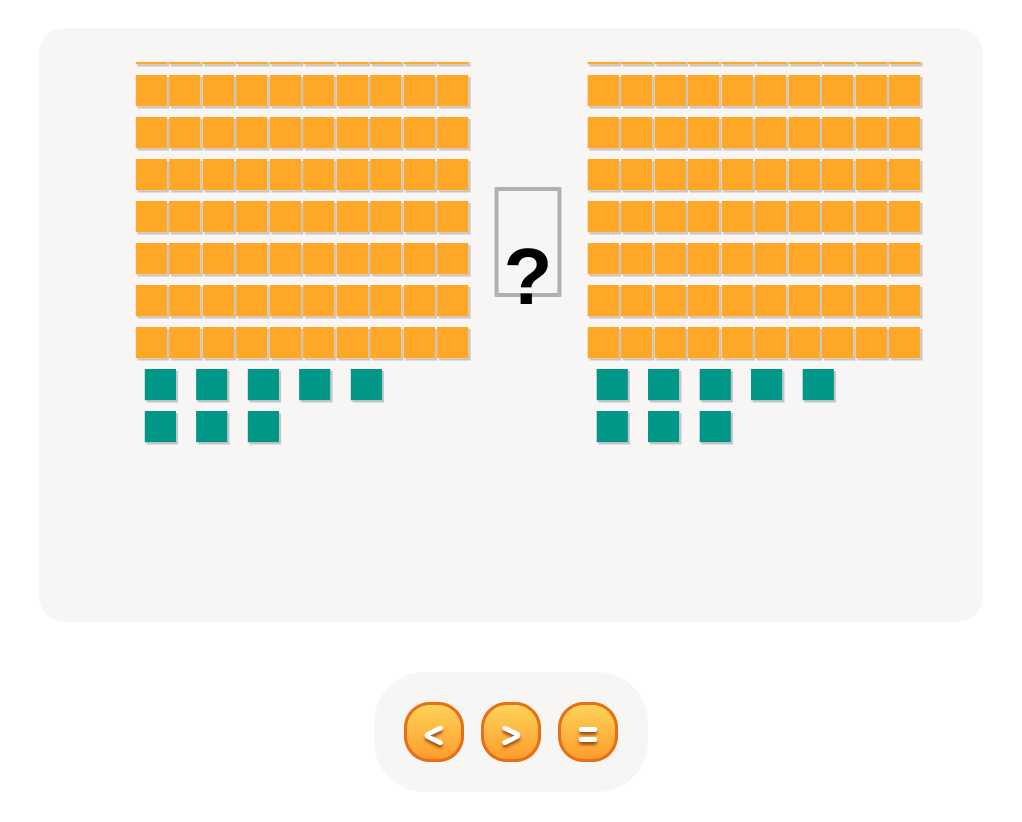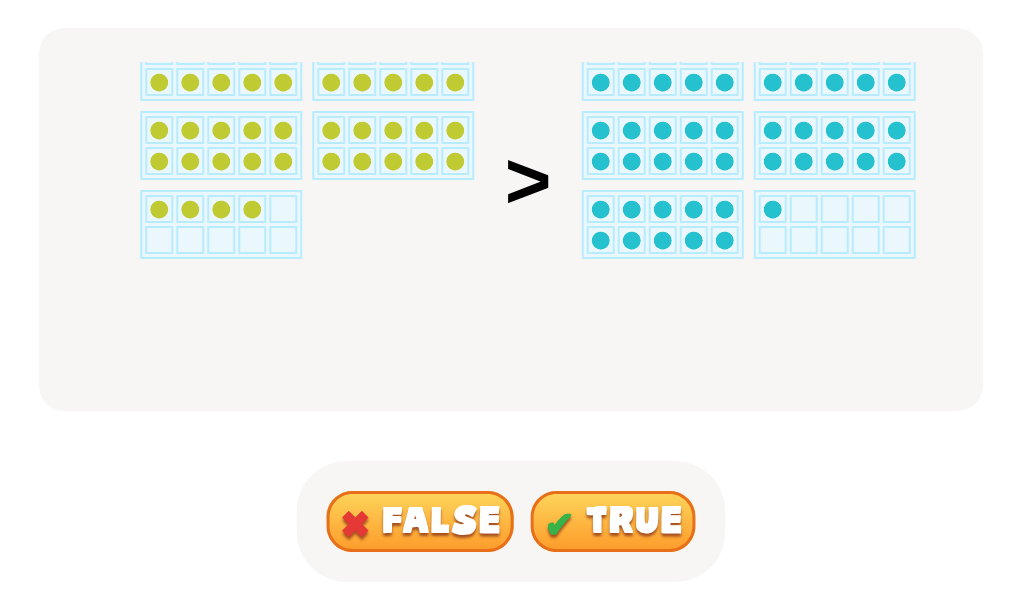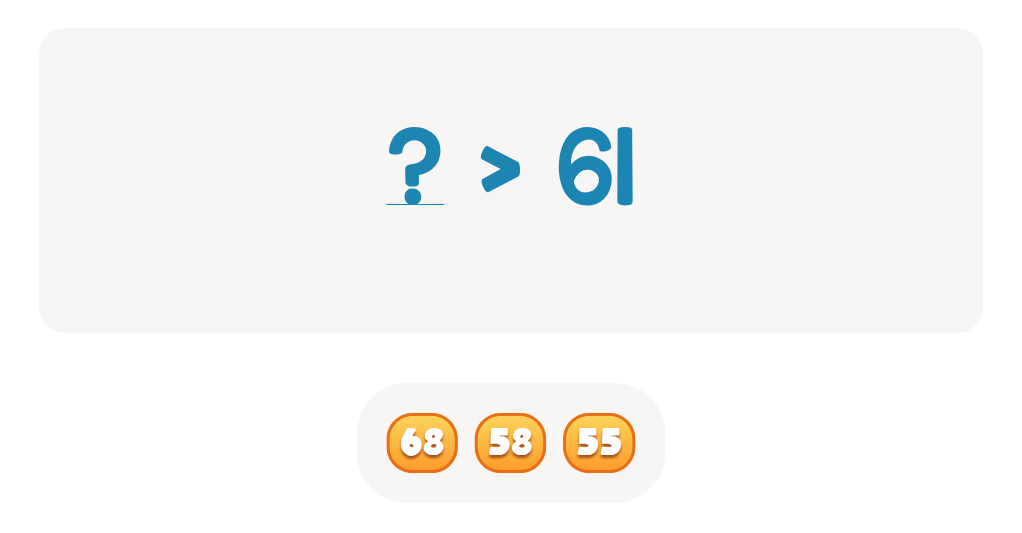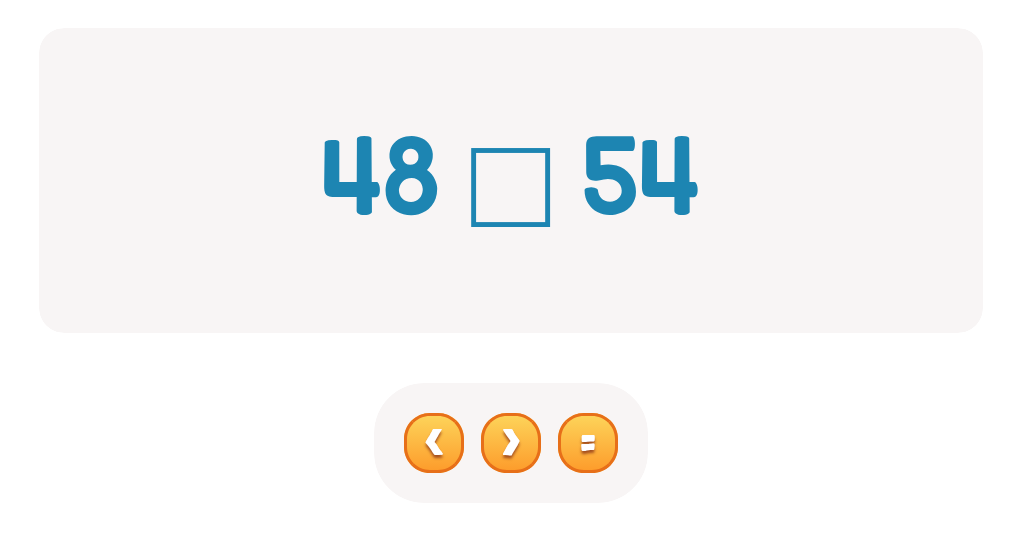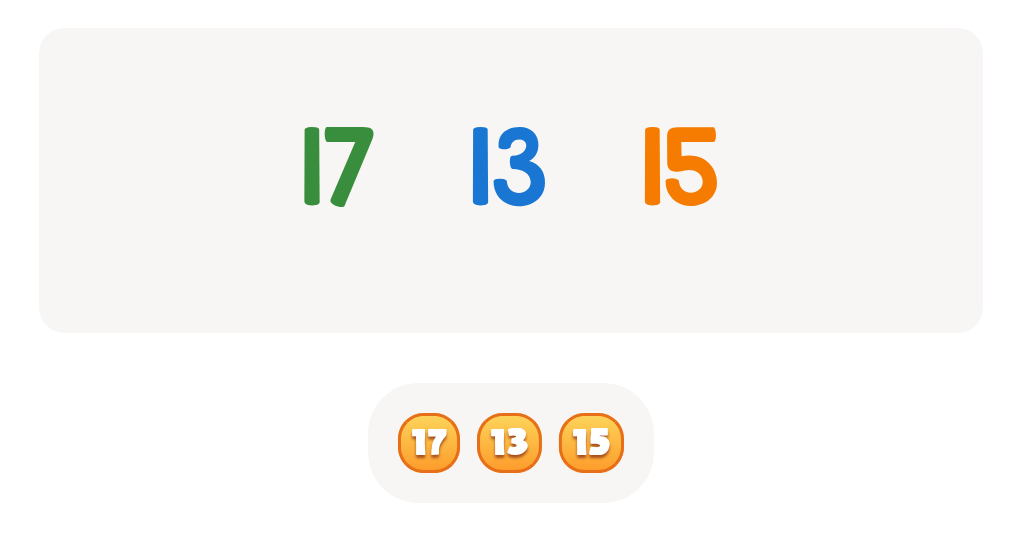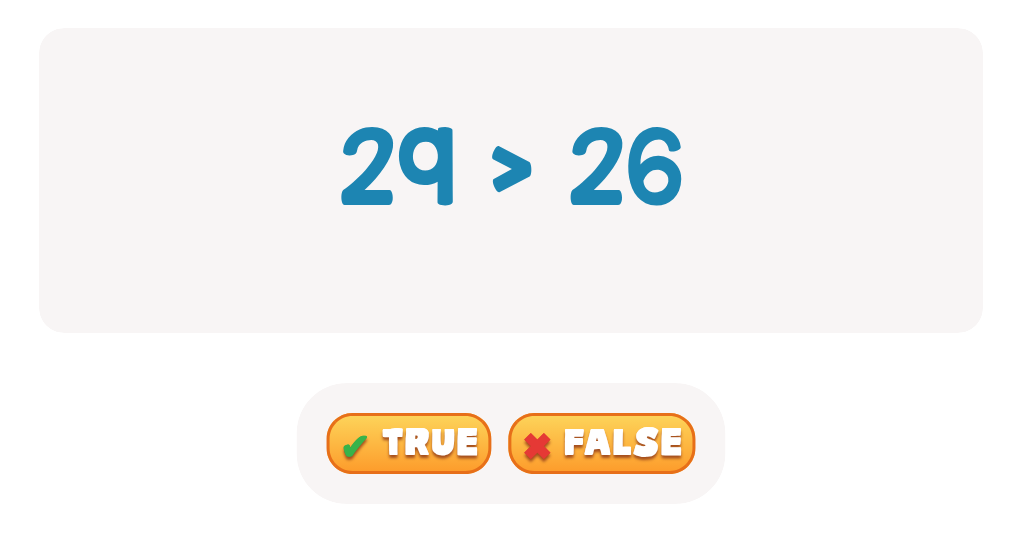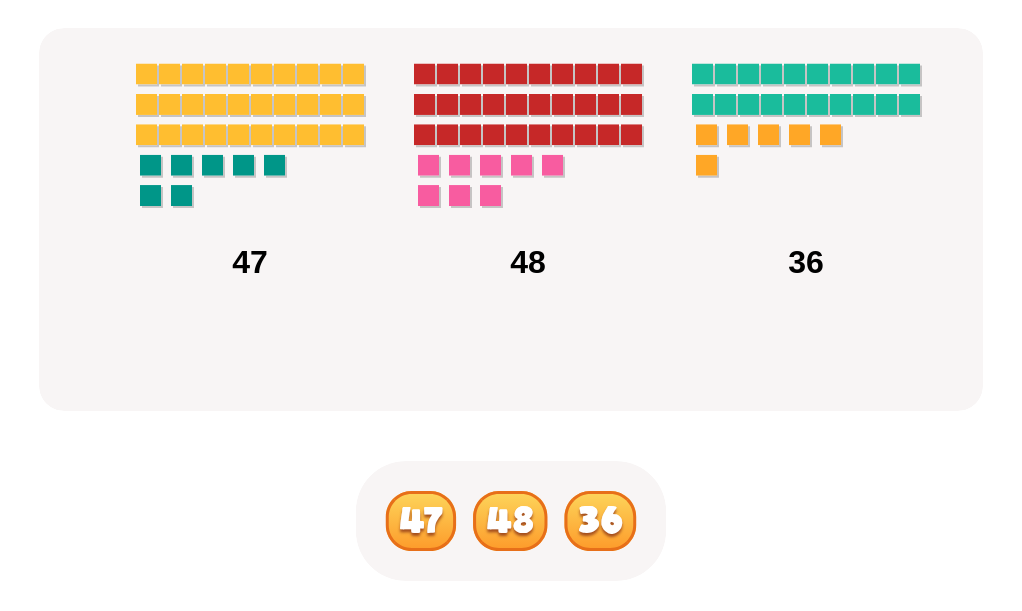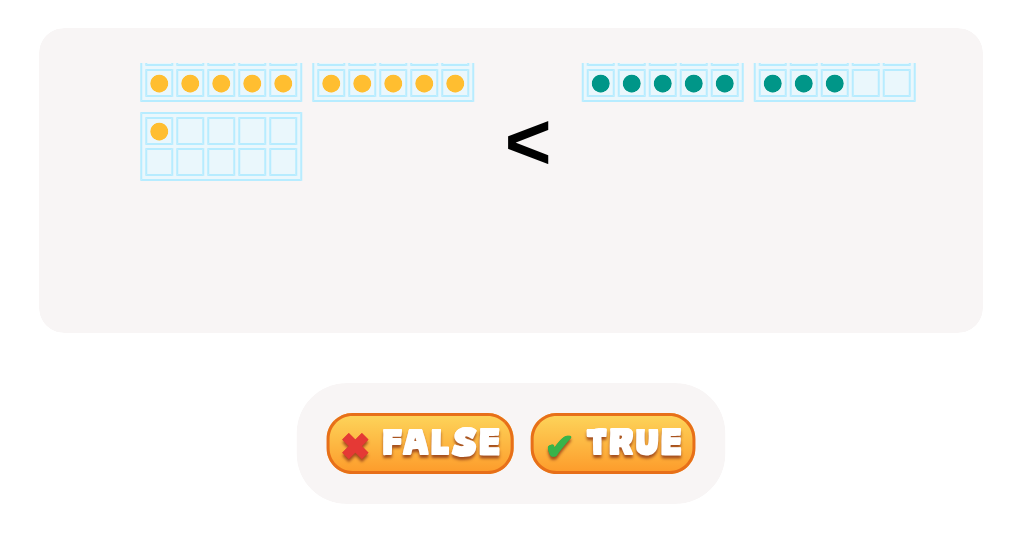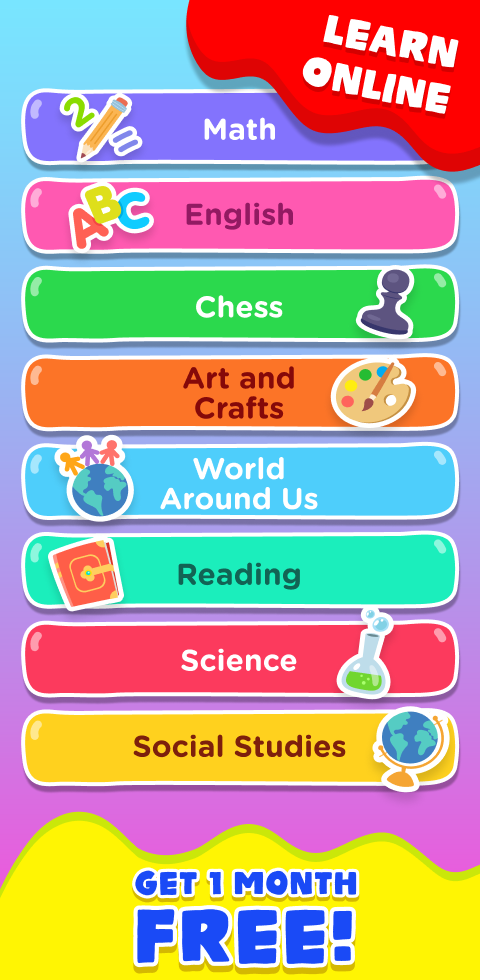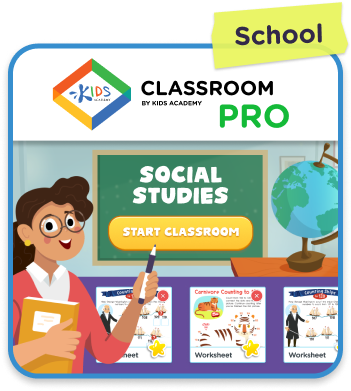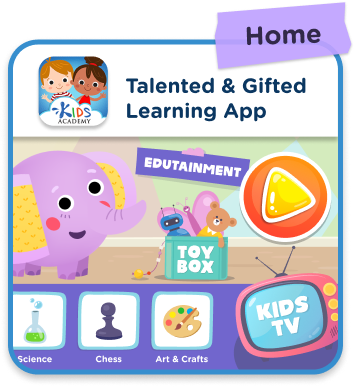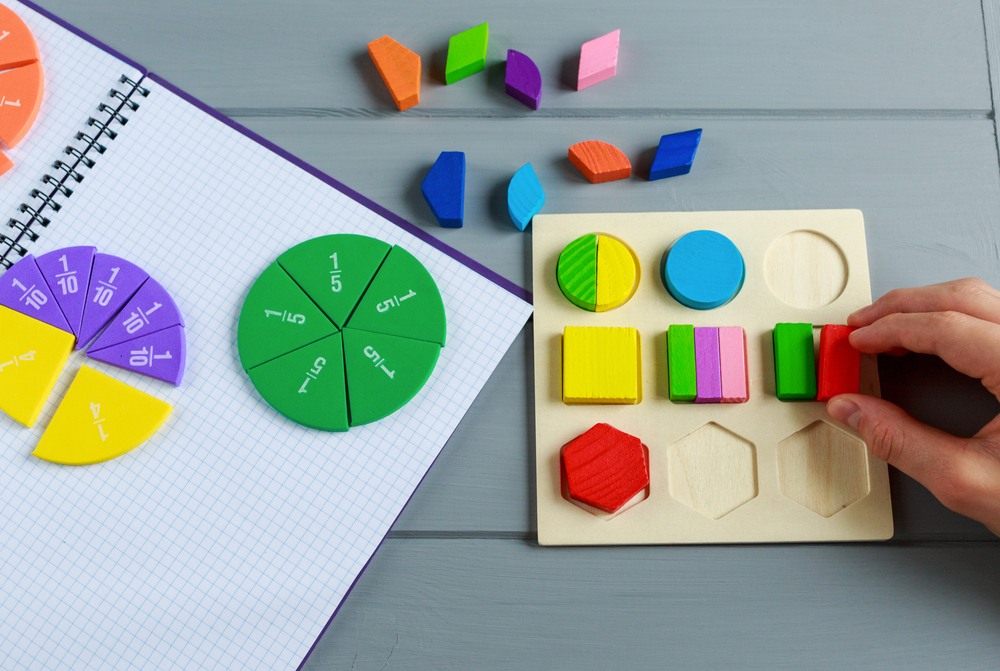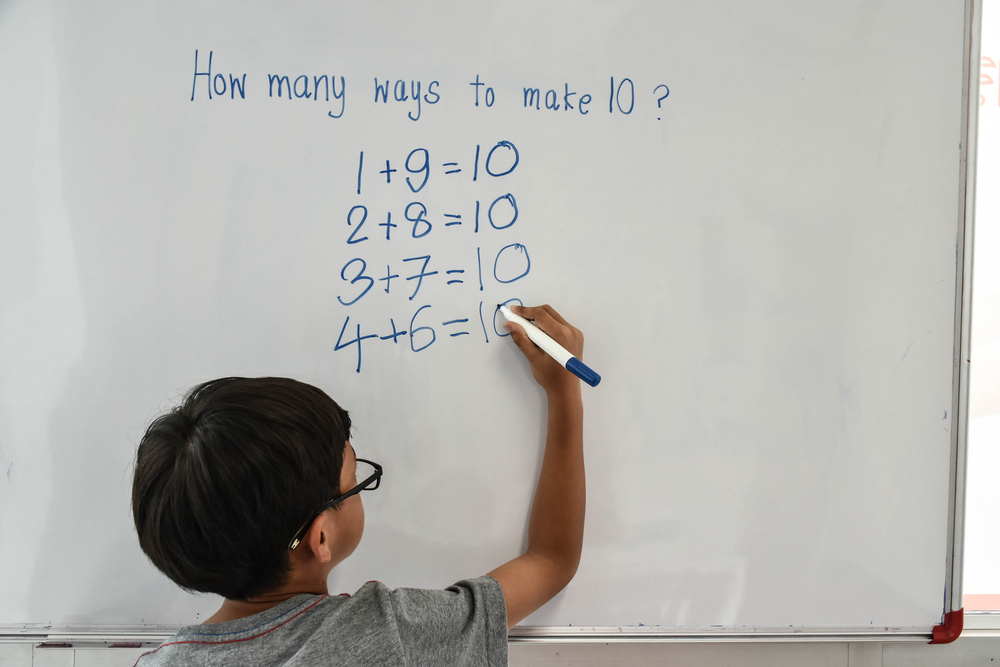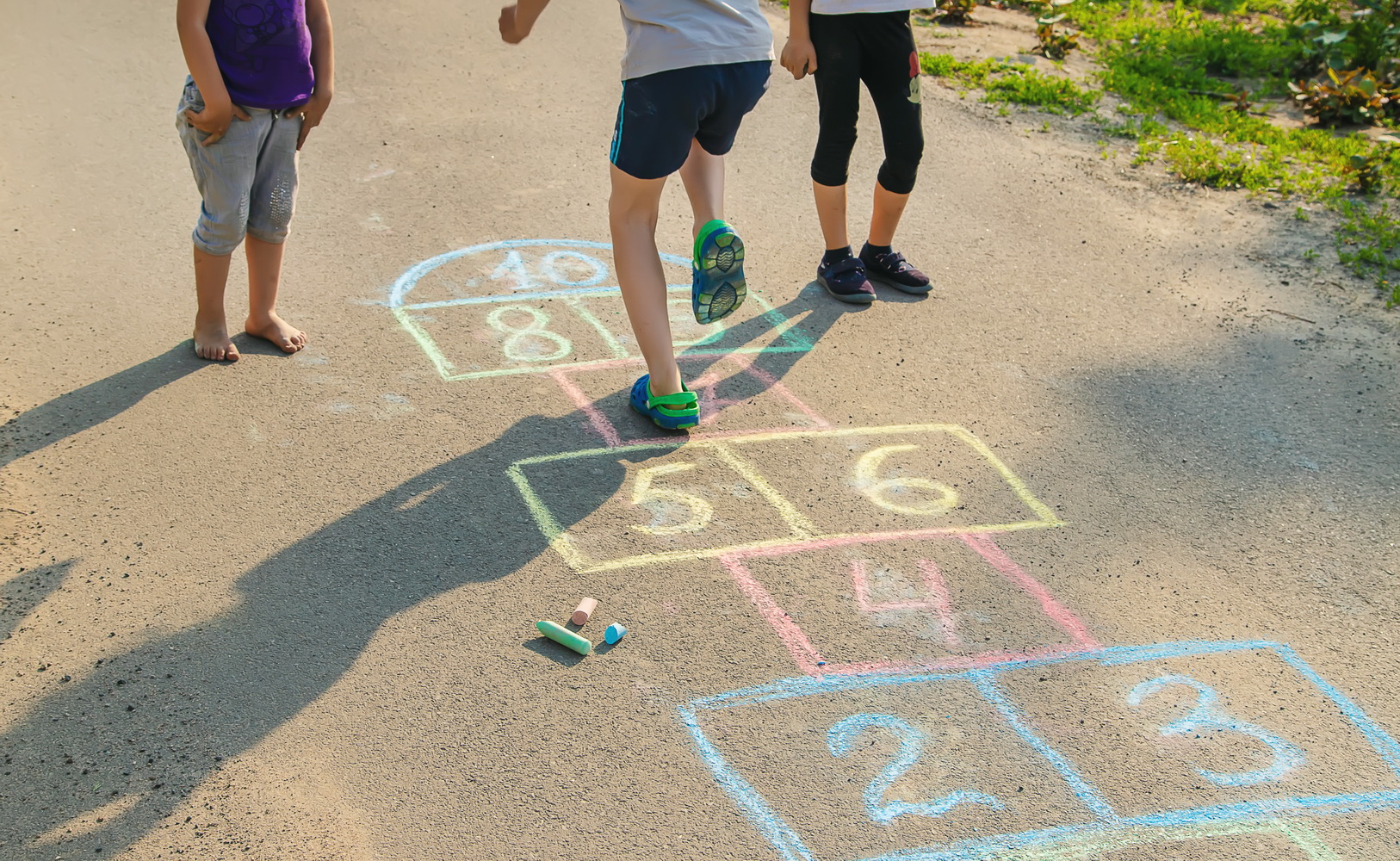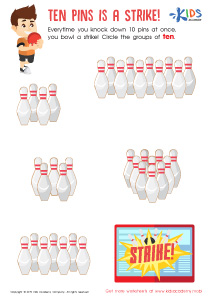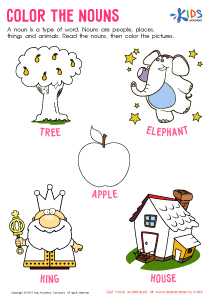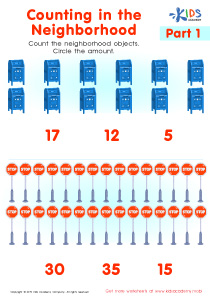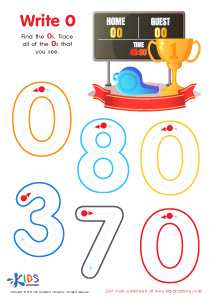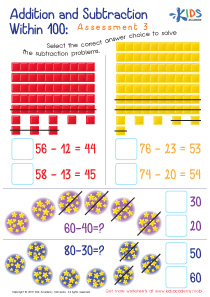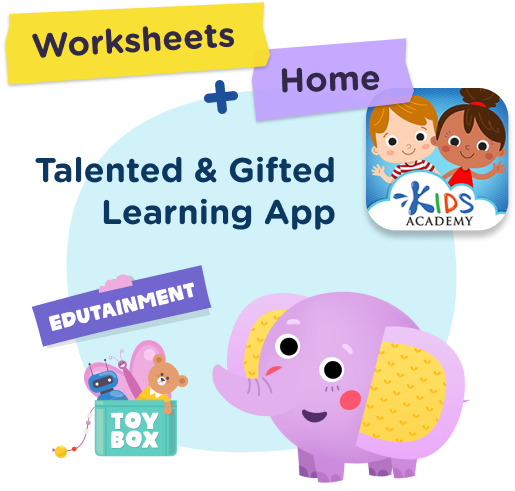Easy Comparing Numbers Worksheets for Ages 5-7
5 filtered results
-
From - To
Discover our "Easy Comparing Numbers Worksheets" designed specifically for children aged 5-7! These engaging and colorful materials help young learners develop essential math skills by encouraging them to compare numbers with fun exercises. Our worksheets feature a variety of activities, including visual comparisons, number lines, and interactive problems that make learning enjoyable. Ideal for both classroom and homeschooling settings, these resources support early numeracy skills, fostering confidence in young mathematicians. Download and print our worksheets today to provide your child with a solid foundation in comparing numbers, making math both accessible and entertaining! Perfect for reinforcing important concepts in a playful way!


Shared Food Worksheet
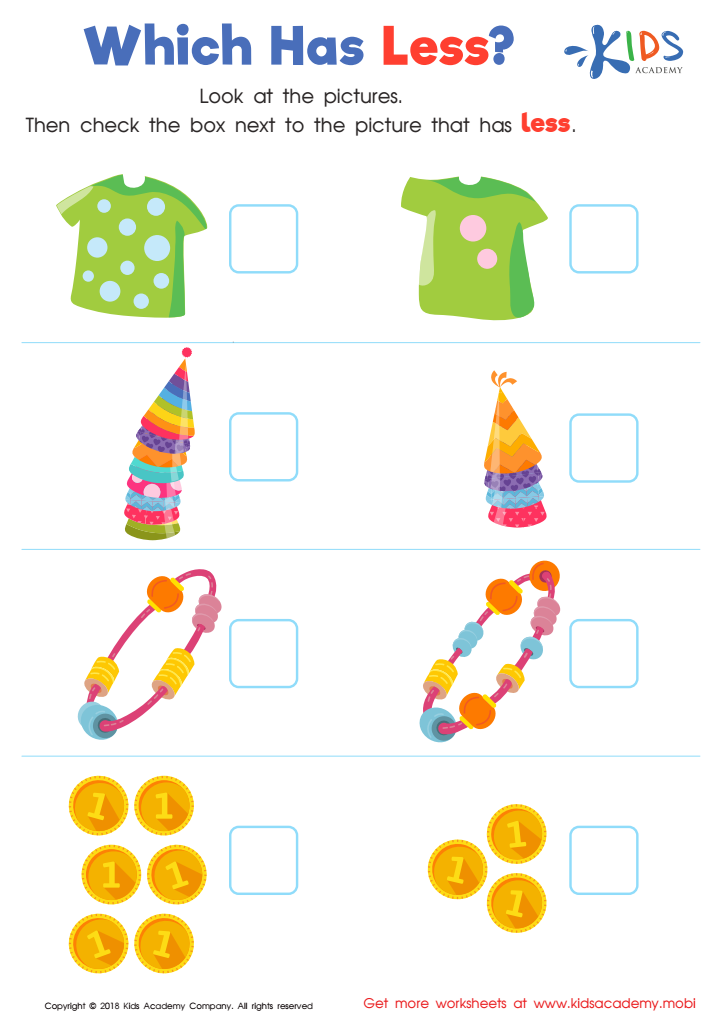

Which Has Less? Worksheet
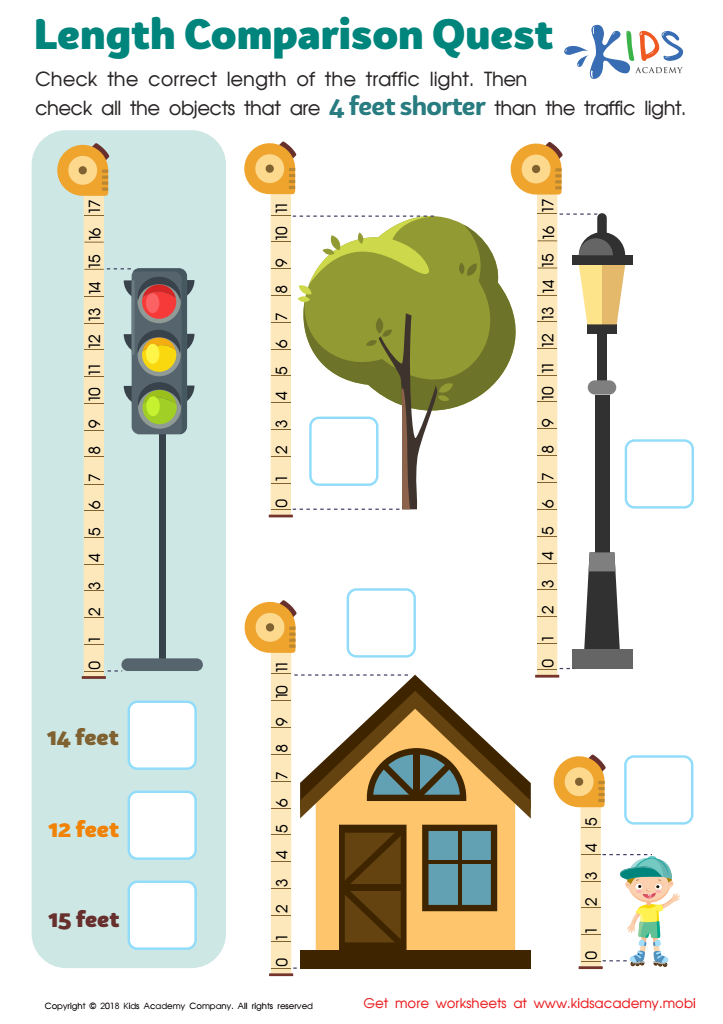

Length Comparison Quest Worksheet
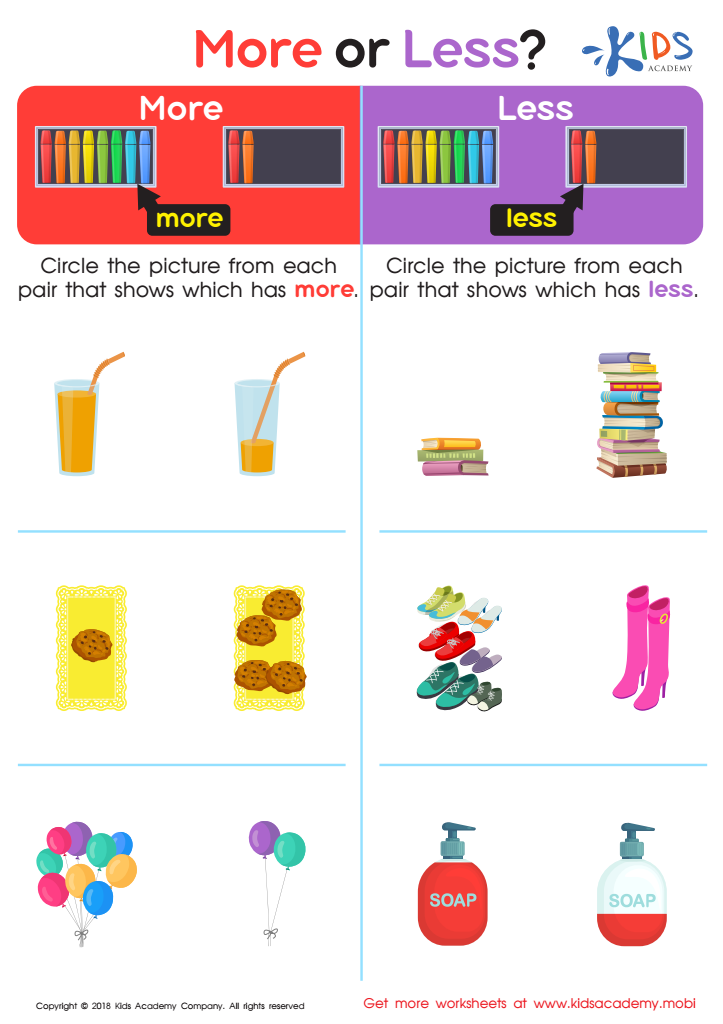

More or Less? Worksheet
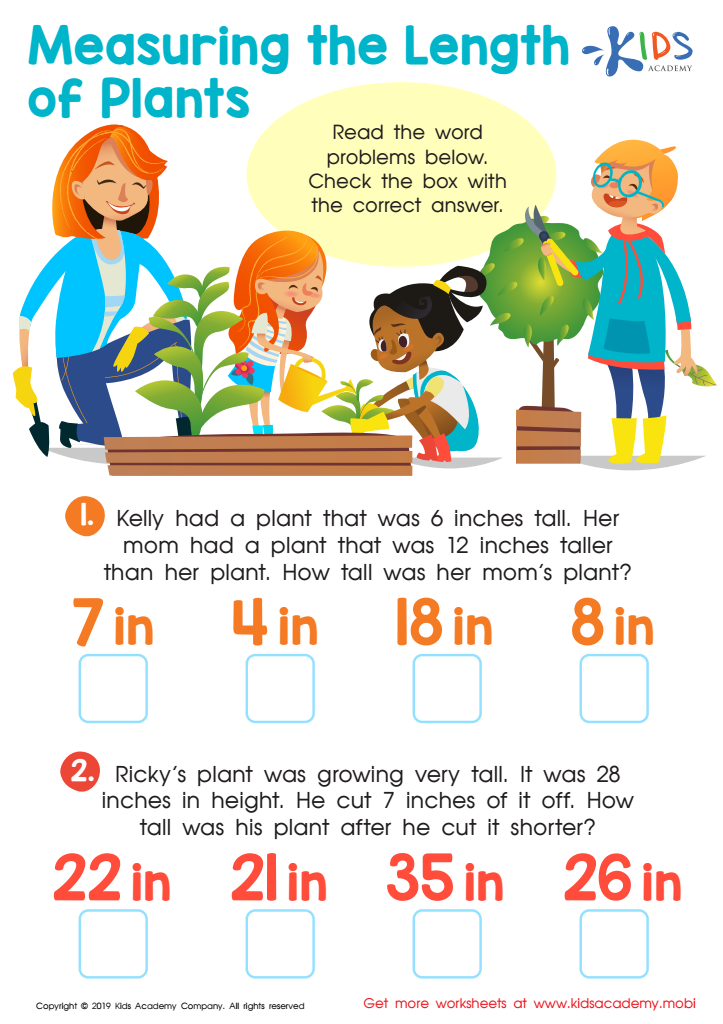

Measuring the Length of Plants Worksheet
Easy comparing numbers is a fundamental skill for children aged 5-7 that lays the groundwork for their future mathematical understanding. At this developmental stage, children are beginning to grasp the concept of numerical values and how they interact with one another. By learning to compare numbers, they enhance their problem-solving abilities and logical thinking skills, which are crucial for all future math topics.
When parents or teachers emphasize the importance of easy comparing numbers, they help children build confidence in their mathematical abilities. This skill promotes discussions about quantitative relationships, helping kids understand concepts like "greater than," "less than," and "equal to." A strong foundation in comparing numbers can also lead to success in more advanced math operations in later grades, such as addition, subtraction, and even basic statistics.
Additionally, engaging children in number comparisons can foster critical thinking and prevent frustration when faced with complex problem-solving later in life. Ultimately, by investing time in teaching children to easily compare numbers, parents and teachers are equipping them with essential skills that will not only support their academic careers but also encourage a lifelong appreciation for mathematics.
 Assign to My Students
Assign to My Students
